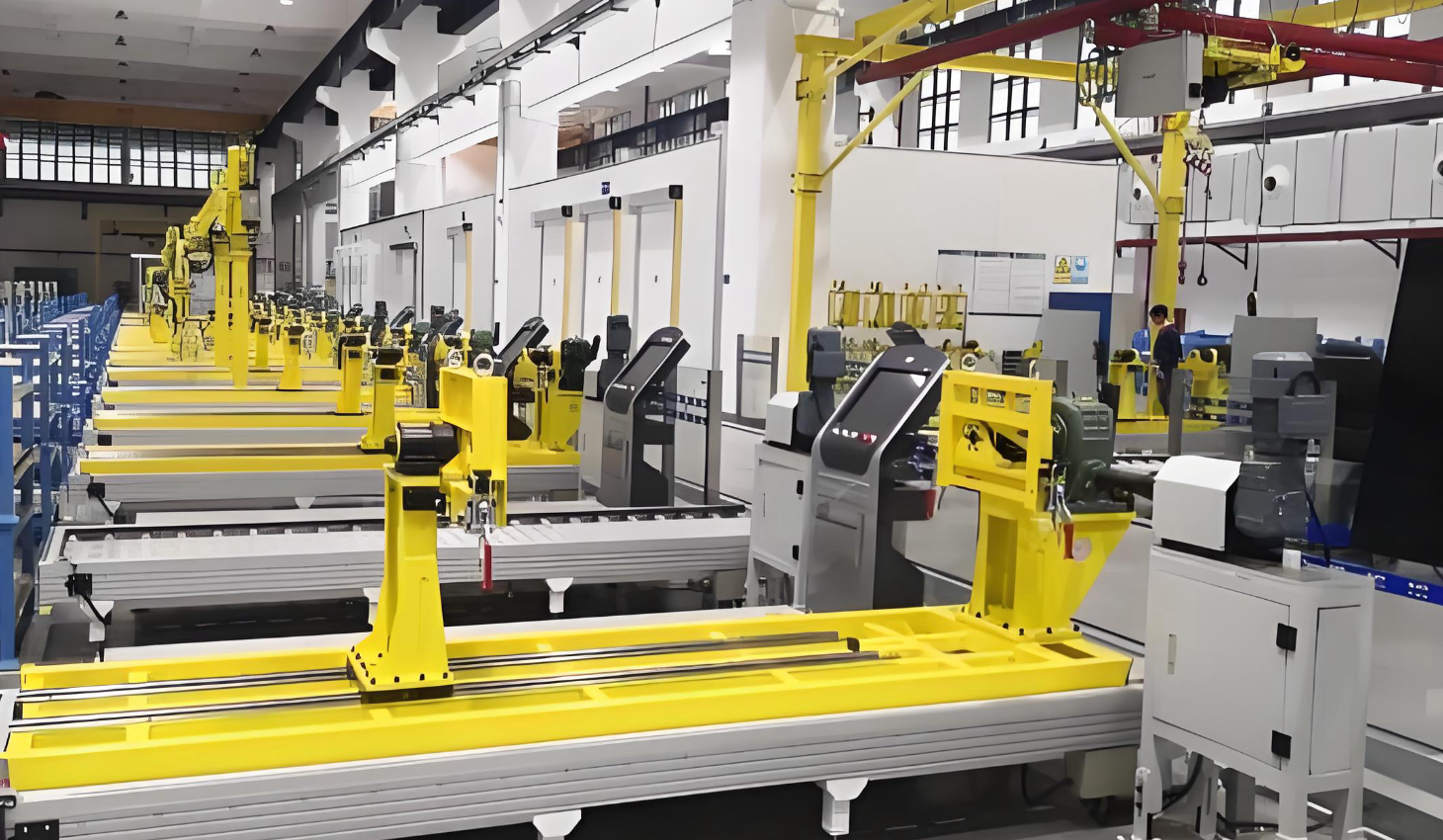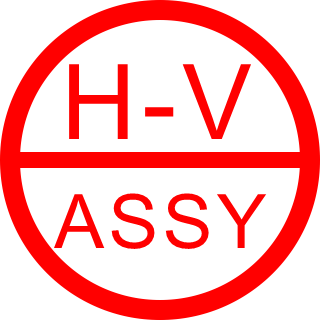The significance of a dust-free workshop for the assembly of ring main units
Assembling ring-main units inside a dust-tight cleanroom is the only way to keep their gas insulation reliable for 30 years. Even sub-millimetre particles settle on seals or epoxy spacers, create conductive paths, trigger partial discharges and finally cause leakage or explosion. By holding ≥0.5 µm particles below 350 000 m⁻³, humidity under 60 % RH and exposure time of open tanks under 15 min, the cleanroom eliminates these faults at source, guarantees helium leak-rates ≤10⁻⁹ Pa·m³ s⁻¹ and removes the need for on-site maintenance.

Ring-Main Unit (RMU) Assembly Cleanroom: Practical “Zero-Dust” Checklist
If every item below is measured, recorded, and traced, the gas-insulated compartment will stay clean, dry, and tight for 30 years without field maintenance.
- Air Cleanliness – Make dust invisible
1.1 Particle count
– General assembly area: ≤ 350 000 particles ≥ 0.5 µm per m³ (ordinary office ≈ 3 000 000).
– Local laminar zone (seal installation & tank closing): ≤ 35 000 particles ≥ 0.5 µm per m³.
1.2 Air-change rate
– Whole room ≥ 15 ACH; laminar hood 0.3 m/s vertical flow, so dust is swept away before it settles.
1.3 Differential pressure
– +5 Pa vs corridor, +3 Pa between dirty and clean corridors; air moves only one way. - Moisture Control – Keep surface dew-point low
2.1 RH 45 %–55 %, temperature 20 °C ± 2 °C all year; dew-point ≤ 10 °C.
2.2 Every tank is baked at 40 °C for 4 h before assembly; after bake-to-lid time ≤ 30 min to prevent re-absorption. - Parts Cleaning – Remove oil, chips, fingerprints first
3.1 Process: deburr → ultrasonic clean (60 °C neutral detergent, 5 min) → DI-water rinse → hot-air dry (80 °C, 30 min) → double vacuum bag.
3.2 On-site wipe test: white lint-free cloth 10 cm² must show no visible stain; fail = re-wash. - Personnel – Treat humans as the largest contaminator
4.1 Entry sequence: tacky mat ×2 → gown → hood → coverall → booties → roller → air-shower 20 s.
4.2 Self-roller every 2 h; end-of-shift tacky-mat weight gain ≤ 5 mg/cm², else retraining.
4.3 No pens, paper, cosmetics; only cleanroom paper & pen allowed. - Tools & Logistics – Stop re-contamination
5.1 Dedicated stainless trolleys; wheels cleaned on tacky mat daily.
5.2 Trays: 2 mm anti-static UPE, Ra ≤ 0.8 µm, zero particle release.
5.3 Torque wrenches, sockets ultrasonically cleaned weekly and stored in sealed boxes after use. - Real-Time Monitoring – Replace “feeling” with figures
6.1 Laser particle counter every 4 h; record 0.3 µm & 0.5 µm; stop line if limit exceeded.
6.2 Dew-point probe continuous; alarm at –5 °C, stop lid work, start extra dryers.
6.3 “Black-cloth inspection” under 1 000 lx LED: 30 s visual check before closing; any visible speck blown off with ionized air gun. - Open-Time Budget – Expose guts as briefly as possible
7.1 Tank open → wipe → install seal → close lid within 15 min; else re-evacuate and back-fill dry air.
7.2 O-ring out-of-bag to groove ≤ 5 min. - Vacuum & Leak Test – Kill leakage before dispatch
8.1 Immediate evacuation to ≤ 100 Pa, hold 2 h; pressure rise ≤ 50 Pa/h.
8.2 Back-fill 0.05 MPa dry N₂ (dew-point –60 °C), helium sniff ≤ 1×10⁻⁹ Pa·m³/s (≈ 1 g loss in 30 years). - Daily Cleanroom Up-keep – Make cleanliness a habit
9.1 HEPA/ULPA filters changed every 6 months or when ΔP reaches 2× initial.
9.2 Floor & wall: lint-free mop + DI water daily; IPA wipe weekly.
9.3 “Dust map”: 1 m × 1 m grid, 10 % sampled monthly; white-glove wipe greyscale ≤ grade 1 (no visible stain vs new glove).
Follow the nine sections quantitatively and traceably, and the RMU will operate for three decades without dust tracking, partial discharge, or gas leakage.
